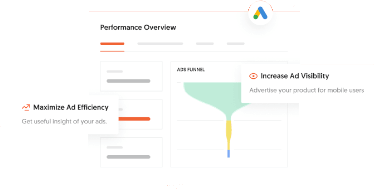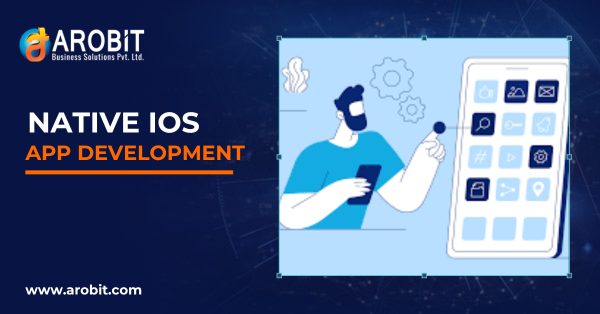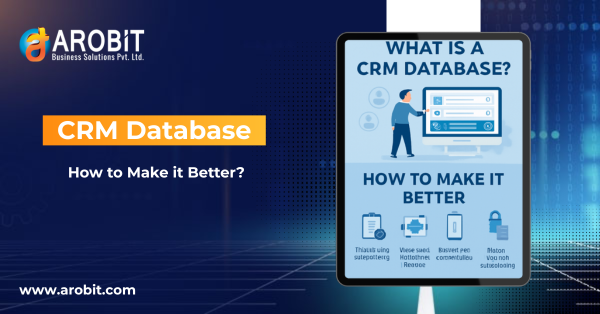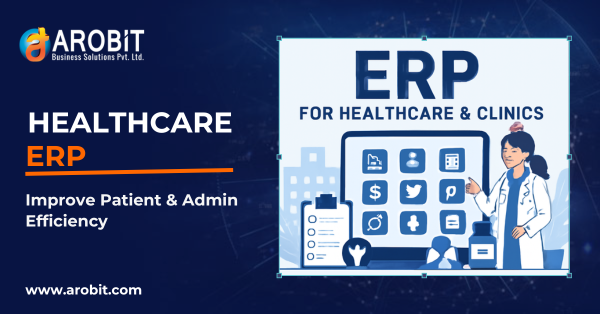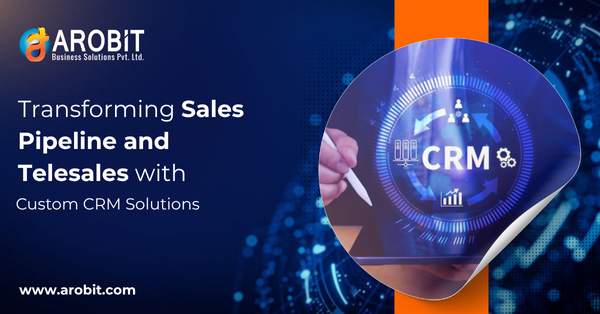86% of the experts today consider Agile methodology for software development!
Businesses today are investing heavily in high-quality software to enhance the overall operations and delivery of the product. But, most of them are unable to match that following the traditional approach.
But, the ones who are following Agile methodology are able to deliver their projects on time and that too within the budget 71% of the time. So, this shows the importance of agile software development methodologies and how it can lead to customer satisfaction.
To help you out, below we have cleared all the aspects related to it, read on for a great start.
Agile Software Development : What Is It?
Agile Software Development is a mentality that gives people and relationships, practical solutions, and consumer involvement top priority rather than just a process. It stresses the need of flexibility, hence enabling teams to react quickly to evolving needs.
Custom software development depends on this strategy since client demands change over the course of the project. Below are some of the essential features that you get benefited from with Agile software development, check it out.
- Iterative Process: Agile promotes short development cycles, allowing for frequent reassessment and adaptation.
- Customer Feedback: With the help of the detailed inputs from customers one can work on the final product as per their custom needs.
- Cross-Functional Teams: Agile will make it easy to collaborate with the team working on the same project but with different skill sets.
So, these are the features that come along with the respective approach, but you might be thinking what makes it different from traditional methodology? Below we have it answered for you. Check it out
Table: Difference Between Agile and Traditional Software Development
Agile Framework: Definition
Agile framework is primarily known for directing the management, execution, and development of software projects of all business sectors. Unlike other approaches that give strict procedures, agile frameworks offer a flexible atmosphere that improves cooperation, customer input, and rapid iterations. There are many Agile frameworks to serve your business objective and purpose, and to make it easy for you below we have discussed it all. Check it out:
1. Scrum
Scrum is one of the most widely used agile frameworks. It is in fact mostly characterized by its iterative approach. This framework involves dividing the project into time-boxed iterations and sprints, typically lasting two to four weeks. Scrum emphasizes collaboration, accountability, and continuous improvement. Check out the features you get with this framework
- Roles: Includes Scrum Master, Product Owner, and Development Team.
- Ceremonies: Daily stand-ups, sprint planning, reviews, and retrospectives.
- Artifacts: Product backlog, sprint backlog, and increment.
2. Kanban
Kanban focuses on visualizing the workflow to enhance efficiency. It allows teams to manage work items through a visual board, making it easy to identify bottlenecks and streamline processes. Here are the essential features that come along with this agile development framework.
- Visual Workflow: Tasks are represented visually on a board.
- Work-in-Progress Limits: Limits the number of tasks that can be in progress simultaneously.
- Continuous Delivery: Encourages incremental improvements.
3. Lean Software Development
Lean Software Development aims to eliminate waste and improve efficiency. It focuses on delivering maximum value to customers while minimizing unnecessary work. Take a look at the features you get along with this framework:
- Waste Reduction: Identifies and eliminates non-value-adding activities.
- Efficiency: Streamlines processes to enhance productivity.
- Value Delivery: Prioritizes features that deliver the most value to customers.
4. SAFe (Scaled Agile Framework)
SAFe is designed for larger organizations that need to scale agile practices across multiple teams. It promotes alignment and collaboration at all levels of the organization. Check out the essential features that comes along with the respective framework:
- Alignment Across Teams: Ensures all teams are working toward common goals.
- Program Increment Planning: Organizes work into larger increments for coordinated delivery.
- Continuous Improvement: Encourages regular feedback and adaptation.
5. Extreme Programming (XP)
Extreme Programming (XP) is an agile framework that emphasizes technical practices and customer involvement. It is particularly effective for projects requiring high-quality software in short timeframes. Below are the essential features you get with it.
- Pair Programming: Two developers work together at one workstation.
- Test-Driven Development: Writing tests before code to ensure functionality.
- Frequent Releases: Delivers small, incremental updates for feedback.
These frameworks make the job easier for you to proceed ahead and get your business objectives ticked. But, what values it brings to you in the process is the next thing that comes to mind. Read on to find it out.
Core Values of Agile Software Development
The Agile Manifesto outlines four core values that form the foundation of agile methodologies:
- Individuals and Interactions over Processes and Tools: Human collaboration is prioritized.
- Working Software over Comprehensive Documentation: The focus is on delivering functional software.
- Customer Collaboration over Contract Negotiation: Engaging with customers is vital for success.
- Responding to Change over Following a Plan: Flexibility is key in the agile environment.
12 Principles of Agile Software Development
The Agile Manifesto also includes twelve principles that guide agile practices:
Benefits of Agile Software Development
Adopting an agile methodology offers numerous benefits, particularly for software development companies and organizations involved in custom software development. Here are some key advantages:
1. Increased Flexibility
Agile methodologies allow teams to adapt to changing requirements and priorities quickly. This flexibility ensures that the final product aligns closely with customer needs.
2. Faster Time-to-Market
By using iterations and incremental development, agile teams can deliver valuable features and products faster, giving organizations a competitive edge.
3. Enhanced Quality
Continuous feedback and testing contribute to the production of higher-quality deliverables. Agile practices encourage regular quality assessments throughout the development process.
4. Improved Collaboration
Agile promotes collaboration and communication among functional teams, fostering better teamwork and shared ownership of the project.
5. Heightened Customer Satisfaction
Regular engagement with customers throughout the development process drives product improvements and ensures that the final solution meets their expectations.
How Do Companies Use Agile Software Development?
Many companies across various industries have adopted agile methodologies to enhance their product management and project execution. Here are a few examples of how organizations utilize agile:
Software Development
Agile is widely employed in software development to deliver high-quality updates that align with customer needs. Companies like Amazon use frameworks such as Scrum and Kanban to manage their product development processes efficiently.
Product Management
By embracing agile principles, product managers can iterate on product features, prioritize enhancements, and adjust strategies according to market changes. This responsiveness is crucial for maintaining a competitive edge.
Marketing
Agile marketing teams leverage sprints and continuous feedback loops to optimize campaigns, allowing for rapid adjustments based on customer preferences and market dynamics.
Manufacturing
Implementing agile principles in manufacturing can lead to waste reduction and enhanced product quality. Companies can streamline production processes through regular evaluation and adaptation.
How Arobit Helps You Overcome The Challenges of Agile Software Development?
While agile methodologies offer many benefits, they also come with certain challenges. But, if you have the right team by your side, overcoming the challenges is no mean task. This is where Arobit comes into play. Below are the challenges that our team can handle to perfection, check it out:
1. Less Predictability
The iterative nature of agile can make it challenging to predict timelines and costs accurately, especially in complex projects. With Arobit, you can have it managed without any difficulty.
2. Resource Intensive
Agile requires continuous involvement from stakeholders, which may not always be feasible, particularly in larger organizations. With Arobit, you have nothing to worry about in terms of resource involvement.
3. Documentation
The focus on working software can sometimes lead to insufficient documentation, making it difficult to track decisions and changes. But, team Arobit takes complete care of it and ensures all of it is managed to perfection.
Final Thoughts
These aspects show how the Agile software development methodology is certainly the way to go when it comes to managing different development projects and boosting collaboration within teams. It helps you focus primarily on flexibility, customer engagement, and constant improvement. In fact, agile methodology will help you with a range of frameworks that are tailored to specific needs and business objectives.
All you need is the expert hand to make the most out of these methodologies. If you are looking for a reliable software development company in the business to help you with it, then connect with Arobit now! Good luck!
FAQs
What is Agile Software Development?
A project management method emphasizing flexibility, teamwork, and consumer happiness via iterative processes is Agile Software Development.
What is an Agile Framework?
A well defined method called agile framework governs the creation, execution, and administration of software projects, hence improving cooperation and providing flexibility.
How does Agile differ from traditional methodologies?
While conventional approaches sometimes follow a linear, sequential process, agile methods give first priority to iterative development, client involvement, and fast feedback.
What are the benefits of Agile Software Development?
Among the advantages are more flexibility, quicker time-to-market, better quality, stronger teamwork, and more consumer happiness.
Can Agile be applied to non-software projects?
Yes, many companies use agile ideas for many project kinds, including manufacturing, product management, and marketing.



